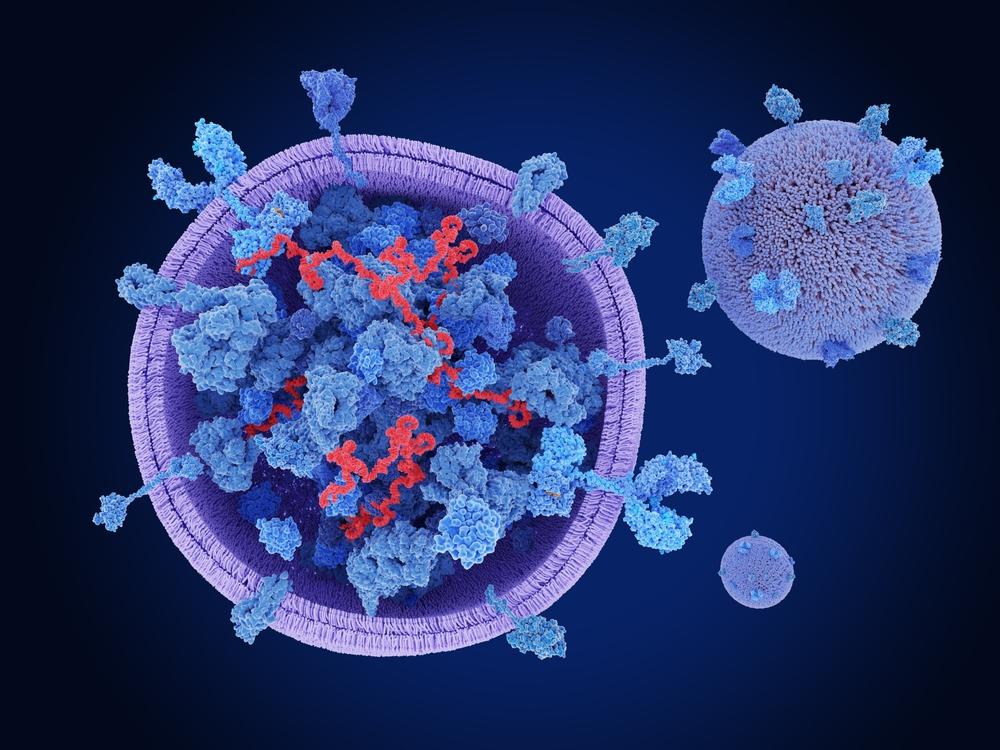When prospective hair transplant patients get in touch with our professionals at NJHRC, one of the first questions they have in mind is, “how many hair grafts will I need for my hair transplant procedure?” There is no predetermined answer to this because the number of hair grafts needed depends on several factors and will differ from individual to individual. Therefore, a proper answer to this question can only be determined once a qualified surgeon has assessed the patient’s hair type and hair density in their donor area.
What exactly are hair grafts?
It is essential to understand hair grafts and what they are before your transplant procedure. Surprisingly, hair always grows in groups of 1, 2, 3, or even 4 strands of hair, varying from person to person. These groupings are known as grafts, which differ from individual strands of hair.
How many strands of hair can be transplanted in one hair transplant session?
Hair grafts are extracted from the donor area, which is usually the back of the head. It is estimated that around 4,000 hair grafts can be transplanted in one hair transplant session via the FUT (Follicular Unit Transplant) method. In FUE (Follicular Unit Extraction), around 2,000 hair grafts can be transplanted in one sitting. Each hair graft typically has 2 hairs, which equates to transplanting approximately 4,000 follicles by the FUE method and 8,000 strands of hair by the FUT method.
For some patients, the donor area may not have the sufficient number of hair grafts needed for the transplant procedure. Therefore it is important to consult a surgeon who can access your case and make sure you have enough grafts to extract and transplant.
How many hair grafts will I require?
As mentioned above, a surgeon will first access your hair loss and a few other factors before being able to determine the number of hair grafts you will require for a successful hair transplant procedure.
The number of hair grafts you need will depend on the following factors:
1. The size of the balding area that needs to be covered
The number of hair grafts required will largely depend on the size of the bald area that the patient is looking to address. The bigger the size of the area, the larger the number of grafts will be required.
2. The extent of hair thinning
Your hair type and extent of your hair thinning may determine the number of grafts required to make your hairline look natural. Hair loss is progressive and currently cannot be cured completely. Therefore hair restoration procedures must consider the current and future extent of hair thinning for best results.
3. Quality of hair in the donor area
Hair grafts are extracted from the donor area, which is usually the back of the head, and transplanted onto the balding area. Therefore, the quality and quantity of the donor hair is an important factor to consider. If your donor hair is dense and thick, the number of grafts required may be fewer.
4. Type of hair restoration surgery opted for
As mentioned above, the maximum grafts that can be transplanted by FUT are 4,000, while by FUE, a maximum of 2,000 grafts can be transplanted. Therefore, the hair transplant technique that you select is crucial in determining the number of grafts required.
5. The budget of the patient
Our team of experts at NJHRC ensures that the patient’s budget is kept in mind while guiding them with the most suitable hair transplant treatment options, further determining how many hair grafts they will need.
To find out the number of hair grafts you require, seek guidance from the best hair transplant doctor in New Jersey at the New Jersey Hair Restoration Center.
If you are looking for a suitable and customized FUE or FUT transplant in New Jersey, our team at New Jersey Hair Restoration Center has the right experience and expertise to guide you with the most appropriate treatment options for you.


